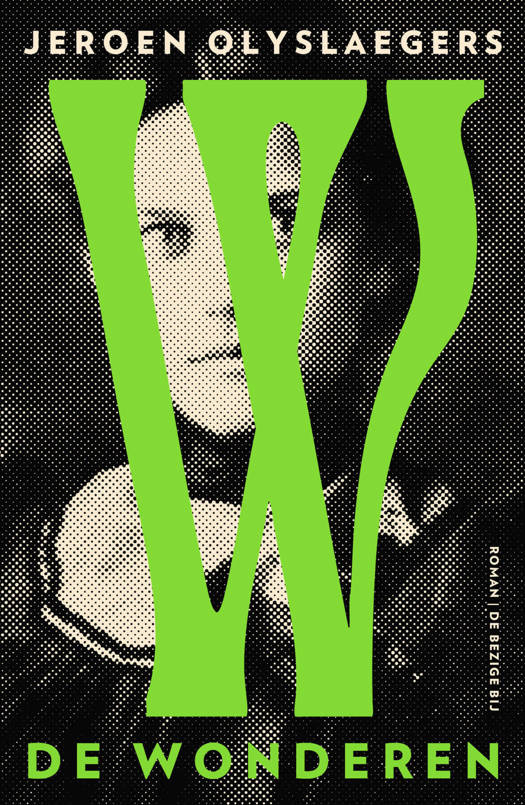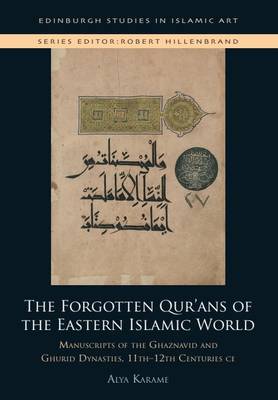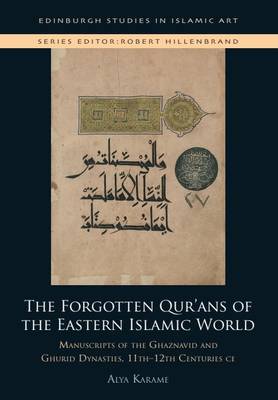
- Afhalen na 1 uur in een winkel met voorraad
- Gratis thuislevering in België vanaf € 30
- Ruim aanbod met 7 miljoen producten
- Afhalen na 1 uur in een winkel met voorraad
- Gratis thuislevering in België vanaf € 30
- Ruim aanbod met 7 miljoen producten
Zoeken
The Forgotten Qur'ans of the Eastern Islamic World
Manuscripts of the Ghaznavid and Ghurid Dynasties, 11th-12th Centuries CE
Alya Karame
€ 244,95
+ 489 punten
Omschrijving
The Ghaznavid and Ghurid Qur'ans (c. eleventh-Twelfth centuries CE), studied for the first time as a corpus, inform of how the Qur'an was copied at the beginning of a transformative period in the history of its production when paper, new scripts and the vertical format were adopted. As the book illustrates the ways in which local visual trends were shaped out of diachronic and synchronic multidirectional movement within a medieval landscape that was continuously in flux, it shifts the focus to the eastern frontiers of the Islamic world, reclaiming them as centres of cultural production. It is by contextualising the Qur'an's materiality within the religious, social and political context that the book 'rehumanises' them offering an understanding of how the manuscripts were conceived, produced and used, up until our day.
Specificaties
Betrokkenen
- Auteur(s):
- Uitgeverij:
Inhoud
- Aantal bladzijden:
- 400
- Taal:
- Engels
- Reeks:
Eigenschappen
- Productcode (EAN):
- 9781399512411
- Verschijningsdatum:
- 30/04/2026
- Uitvoering:
- Hardcover
- Formaat:
- Genaaid
- Afmetingen:
- 170 mm x 244 mm

Alleen bij Standaard Boekhandel
+ 489 punten op je klantenkaart van Standaard Boekhandel
Beoordelingen
We publiceren alleen reviews die voldoen aan de voorwaarden voor reviews. Bekijk onze voorwaarden voor reviews.








